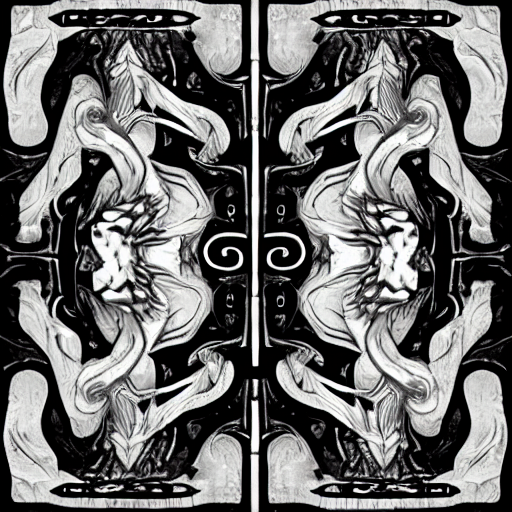Update: Axler mentions some of these results in exercises 34-37. But I feel he doesn’t given them as much emphasis as they deserve.
Update 2: Re-reading my hot take after doing some functional analysis, I still somewhat agree but the tone I used was too strong. Talking about dimension can convey when results don’t hold in general, though many of the lemmas in Axler can easily be extended to infinite-dimension the main theorems can’t.
Update 3: With more perspective, this post is a result of me trying to find a natural isomorphism between the dual & primal vector spaces, and coming to a better appreciation of exactly where the trouble is.
Prerequisites
- First 3 chapters of linear algebra done right. primarily quotient spaces and duality.
Notation
Let be finite-dimensional vector spaces. denotes a subspace of , denotes a linear transformation from to , and denote the range and nullspace of respectively.
Fundamental Theorem
Axler presents the fundamental theorem of linear maps as
However, a more profitable way to view it is via the isomorphism
It’s easy to see is injective and surjective, hence is bijective, meaning
This implies (1) after taking the dimension of both sides and turning the quotient into a subtraction. However the isomorphism approach has several advantages
- It’s more intuitive to think about isomorphisms then dimensions being equal. dimension doesn’t convey structure, it’s bad for the same reason determinants are bad.
- It shows that the fundamental theorem of linear maps is a special case of the first isomorphism theorem.
- It generalizes to infinite dimensional vector spaces (the first isomorphism theorem doesn’t care about dimension and neither should you)
Duality
NOTE: This should be mostly review for my target audience
Let be a vector space, define the dual space and the dual map . if define the annihilator as
The annihilator is a bridge between the primal and the dual because of two key facts
- (a) and (b)
Remark: (1b) starts the bridge from to and (2) finishes it by allowing us to remove the annihilator via an isomorphism to (we’ll see more about this later).
Proof: most of (1) is clear after thinking about the definitions, to see see Axler 3.109 (the proof uses dimension, and I think only holds on finite dimensional vector spaces, sad.)
For (2) let be the defined by and apply the fundamental theorem on the dual to get
We see from (1a) and from (1b) giving the desired result.
These two facts allow us to construct a bridge of isomorphisms between the primal and the dual
The first holds by the fundamental theorem, the second holds by (2), the third holds by (3) and the last holds by the isomorphism with the dual basis.
Using these equivalences we can prove several things very easily, for example these two theorems
- injective iff surjective
- surjective iff injective
Are easily seen by considering isomorphisms from the chain above
Plugging in the cases easily gives the desired results
- If then implies
- If then implies
- If then implies
- If then implies
TODO: Should only need two cases since
I’m skipping details, but the core ideas are all here, you can reconstruct the full proofs with no extra leaps of insight needed.
